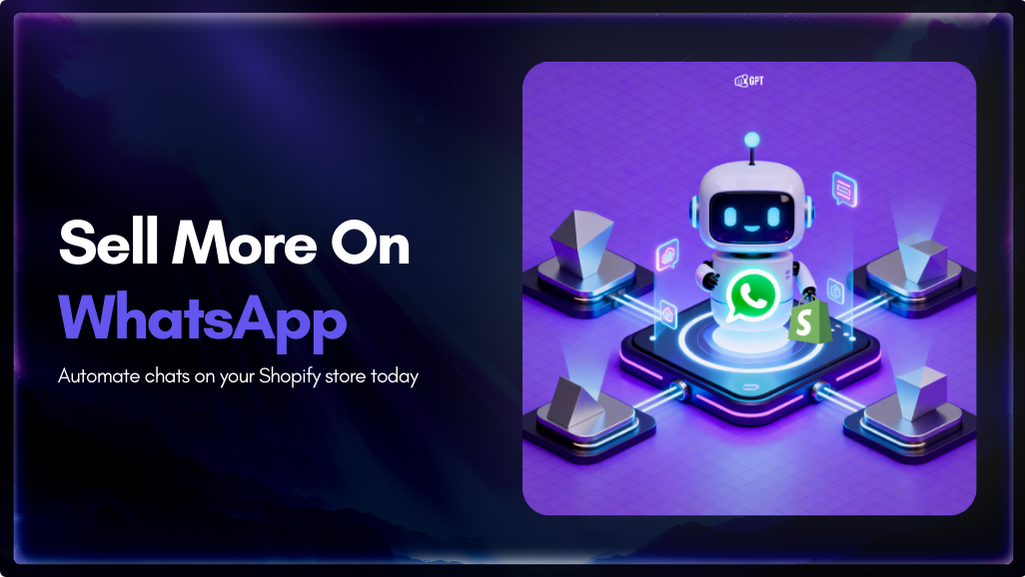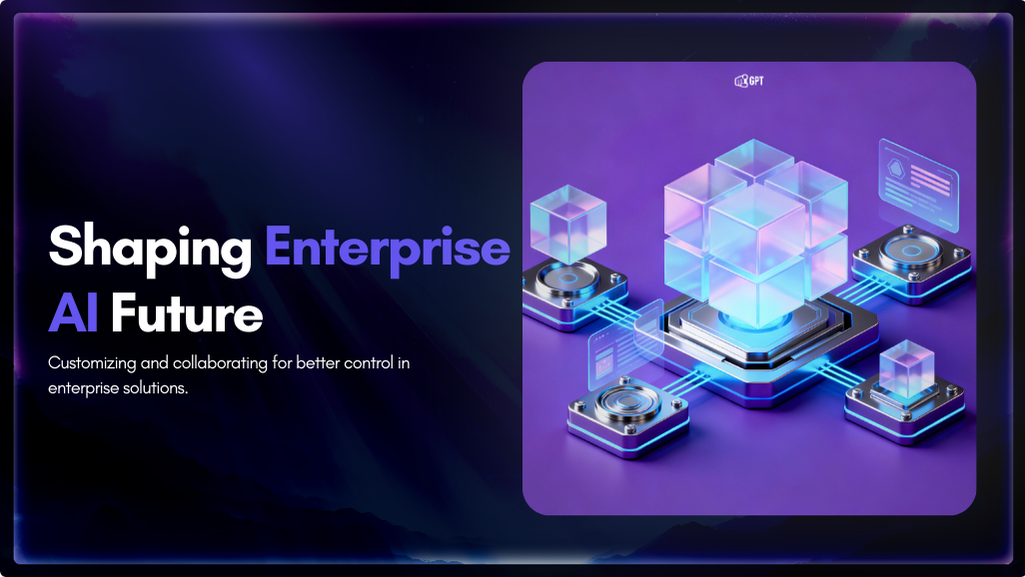Prompt Chaining vs Chain of Thoughts COT


Prompt engineering is the process of writing prompts that guide artificial intelligence (AI) models (LLMs) generate desired outputs.
To get the best results from LLMs, two popular techniques are often used: Prompt Chaining and Chain-of-Thought (CoT) Prompting.
Each technique has its own strengths and serves different needs depending on the complexity and nature of the task.
In this post, we will explore these two approaches in detail to help you understand their capabilities and decide which one works best for your requirements.

Prompt Chaining involves breaking down a task into smaller, sequential prompts, with each prompt feeding into the next one. Each step in the chain addresses a specific part of the task, which leads to a refined outcome through iteration and improvement. This makes it particularly useful for tasks that need gradual refinement or contain multiple components.
Prompt Chaining is particularly helpful for:

Chain-of-Thought (CoT) Prompting allows large language models to solve complex tasks by breaking them into a sequence of logical steps within a single prompt. Unlike prompt chaining, CoT provides a step-by-step reasoning process in one go, making it particularly effective for tasks requiring explicit logical steps and structured reasoning.
Chain-of-Thought Prompting is best suited for:
| Aspect | Prompt Chaining | Chain-of-Thought (CoT) |
|---|---|---|
| Primary Function | Refining tasks through multiple prompts | Solving complex problems via detailed reasoning in a single prompt |
| Complexity Handling | Breaks down tasks into manageable subtasks | Tackles complex issues with structured, logical reasoning |
| Flexibility | High — can adjust each step independently | Limited — requires reworking the entire prompt for adjustments |
| Computational Cost | Lower — simpler prompts executed sequentially | Higher due to the detailed reasoning in one shot |
| Ideal Use Cases | Content creation, debugging, iterative learning | Logical reasoning, decision-making, multi-step analysis |
| Error Handling | Errors are easier to correct at each prompt stage | Errors require re-evaluation of entire reasoning |
| Autonomy | Dependent on individual prompts | More autonomous due to comprehensive reasoning |
Prompt Chaining and Chain-of-Thought (CoT) Prompting are important techniques for effectively using large language models (LLMs). Prompt Chaining breaks tasks into smaller steps, offering flexibility and the ability to refine each part, which is ideal for tasks like content creation and debugging.
CoT Prompting, on the other hand, is suited for tasks that require clear, logical reasoning. By outlining each step within a single prompt, it supports complex problem-solving and ensures a systematic approach.
For most cases, Combining both methods can enhance the performance of LLMs. Structuring a task with Prompt Chaining and then applying CoT Prompting for detailed reasoning leads to more precise and organized outcomes. Understanding when to use each technique allows you to achieve more accurate and useful results with prompt engineering.

Growth-focused teams move faster when their tools work together instead of competing for attention. Modern development depends on multiple systems to ship code, review changes, monitor services, and access data. Each system serves a purpose, but routine work often means moving between dashboards, scripts, and internal tools. These small transitions shape how consistently a team […]


Most customer service moments begin long before a ticket is created. Something feels off. A payment does not go through. A delivery update stops moving. A user gets stuck at the same step and tries again. Customers usually pause, check, retry, and wait before they decide to ask for help. Proactive customer service works inside […]


AI has become a core part of how modern SaaS products are built and delivered. In 2026, customers expect intelligent assistance to be available throughout their journey, from onboarding and everyday product usage to support and account management. Inside SaaS teams, AI is increasingly used to speed up workflows, reduce repetitive tasks, and improve how […]


Shopify stores often use a chatbot on their website to handle product questions, order updates, and support. But customers also message on WhatsApp expecting the same quick answers. Most of them already use WhatsApp throughout the day, so reaching out there feels natural. A chatbot that works across both channels responds in seconds, guides purchase […]


Most businesses do not struggle to generate leads. They struggle to know which ones are worth acting on. Forms get filled, DMs arrive, emails are opened, and chats happen across multiple tools. Some prospects convert. Most do not. The real problem is that there is no reliable way to tell, early enough, which signals actually […]


Artificial Intelligence has advanced quickly over the past five years, moving from an experiment to a standard component of modern business. AI has become a central part of enterprise strategy. 88% of organizations are now using AI. This figure has increased from 78% the year before. This transformation is reshaping how companies run, communicate, and […]
